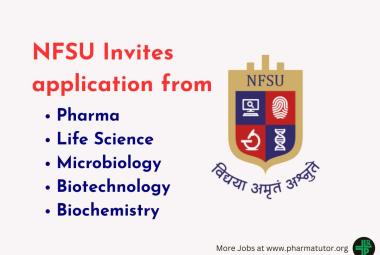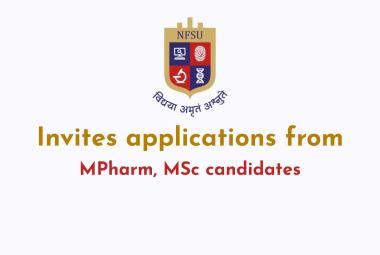The blind spot of the human eye can be shrunk with certain eye-training exercises, thus improving a person's vision slightly, a new study has found. The human eye includes an unavoidable blind spot. That is because the optic nerve that sends visual signals to the brain must pass through the retina, which creates a hole in that light-sensitive layer of tissue.
[adsense:336x280:8701650588]
When images project to that precise location, we miss them. Now researchers have some good news: this blind spot can be effectively "shrunk" with training, despite the fact that the hole in our visual field cannot be.
The findings raise the possibility that similar methods might improve vision in people with age-related macular degeneration, which is the leading cause of blindness in Western countries. "We did not confidently expect to see much reduction in functional blindness, as you can never develop photosensitivity within the blind spot itself," said Paul Miller of The University of Queensland in Australia.
[adsense:468x15:2204050025]
"You can only enhance sensitivity at the blind spot periphery, but this proved sufficient to bring about a ten per cent reduction in functional blindness," said Miller. Researchers trained 10 people for 20 consecutive weekdays on a direction-discrimination task in which they were presented with a drifting sinusoidal waveform in a ring centred about the physiological blind spot of one of their eyes. The size of the ring was adjusted such that participants could correctly gauge the direction of movement about 70 per cent of the time. At the end of the training, those individuals showed improvements in the ability to correctly judge both the direction and the colour of the waveform. Training on one eye did not transfer to the blind spot in the untrained eye, suggesting that the improvement wasn't simply a matter of practicing the task.
Rather, the researchers said, the data are consistent with the notion that training enhanced the sensitivity of neurons with receptive fields that partially overlap the physiological blind spot. As a result, they said, the eye apparently becomes more sensitive to weak signals originating primarily from within the region of blindness. If training protocols can reduce blindness associated with the physiological blind spot, they might prove similarly effective in other cases of blindness. Such training protocols might also be used to assist in the recovery of vision along with other developing technologies, such as the bionic eye or retinal stem cell therapy, researchers said. PTI
Subscribe to PharmaTutor News Alerts by Email >>







